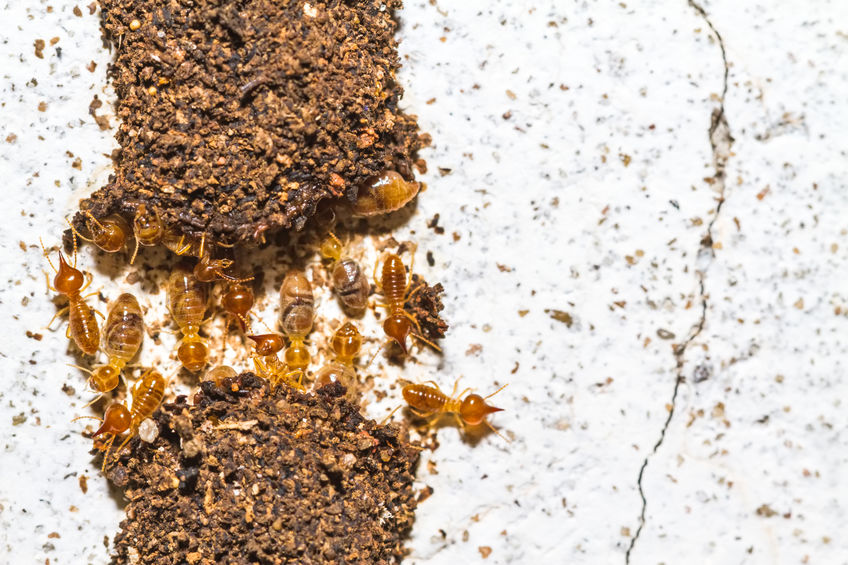In the battle against termites, knowledge is your greatest weapon. Termites can cause significant damage to your property, leading to costly repairs. To help you protect your home, we’ve compiled this comprehensive guide on preventing termites. Our expert team has gathered essential information and practical tips to ensure your property remains termite-free.
Understanding Termites
Termite Species
Termites come in various species, with subterranean termites, drywood termites, and dampwood termites being the most common. Each species has distinct characteristics and behaviors, making it essential to identify which type you might be dealing with.
Termite Behavior
Termites are social insects that live in colonies, working together to gather food and expand their nests. They feed on cellulose-based materials, such as wood, paper, and cardboard. Understanding their behavior is crucial in preventing infestations.
Identifying Termite Infestations
Warning Signs
To prevent termite damage, you must recognize the early warning signs of an infestation. These include:
- Mud Tubes: Subterranean termites build mud tubes as shelter. These tubes often appear near the foundation of your home.
- Swarming Termites: Termite swarms, especially in spring, are a clear indication of an infestation.
- Hollow-Sounding Wood: Tap wooden structures in your home; if they sound hollow, termites may have eaten the interior.
- Discarded Wings: After a swarm, termites shed their wings. Finding discarded wings around your property is a red flag.
- Damaged Wood: Cracked or damaged wood, which appears almost layered, can indicate termite activity.
Preventive Measures
1. Moisture Control
Termites thrive in moist environments, making moisture control a critical preventive measure. Ensure proper drainage around your home and fix any plumbing leaks promptly. Install a dehumidifier in damp areas like basements and crawlspaces to reduce humidity.
2. Regular Inspections
Frequent inspections by a pest control professional can help detect termites before they cause significant damage. Schedule annual termite inspections to catch infestations early.
3. Termite-Resistant Materials
When building or renovating, opt for termite-resistant materials like pressure-treated wood or steel framing. These materials are less attractive to termites, reducing the risk of infestation.
4. Barrier Treatments
Consider applying liquid termiticides or installing termite bait stations around your property. These create a protective barrier, deterring termites from entering your home.
5. Remove Wood-to-Soil Contact
Termites can easily access your home if wooden structures touch the soil. Raise wooden decks, fences, and posts above ground to prevent direct contact.
6. Remove Dead Wood
Eliminate dead or decaying trees, tree stumps, and woodpiles from your property. Termites are attracted to decaying wood, and removing it reduces the risk of infestation.
Professional Termite Control
While these preventive measures can significantly reduce the risk of termite infestation, it’s crucial to have a professional pest control company on standby. They have the expertise and tools to implement advanced termite control strategies, including soil treatments and fumigation if an infestation is detected.
Preventing termites is a proactive effort that requires diligence and awareness. By understanding termite behavior, identifying warning signs, and implementing preventive measures, you can protect your home from these destructive pests. Remember, a termite-free home is a secure and valuable investment. Stay vigilant, and your property will remain termite-free for years to come.

